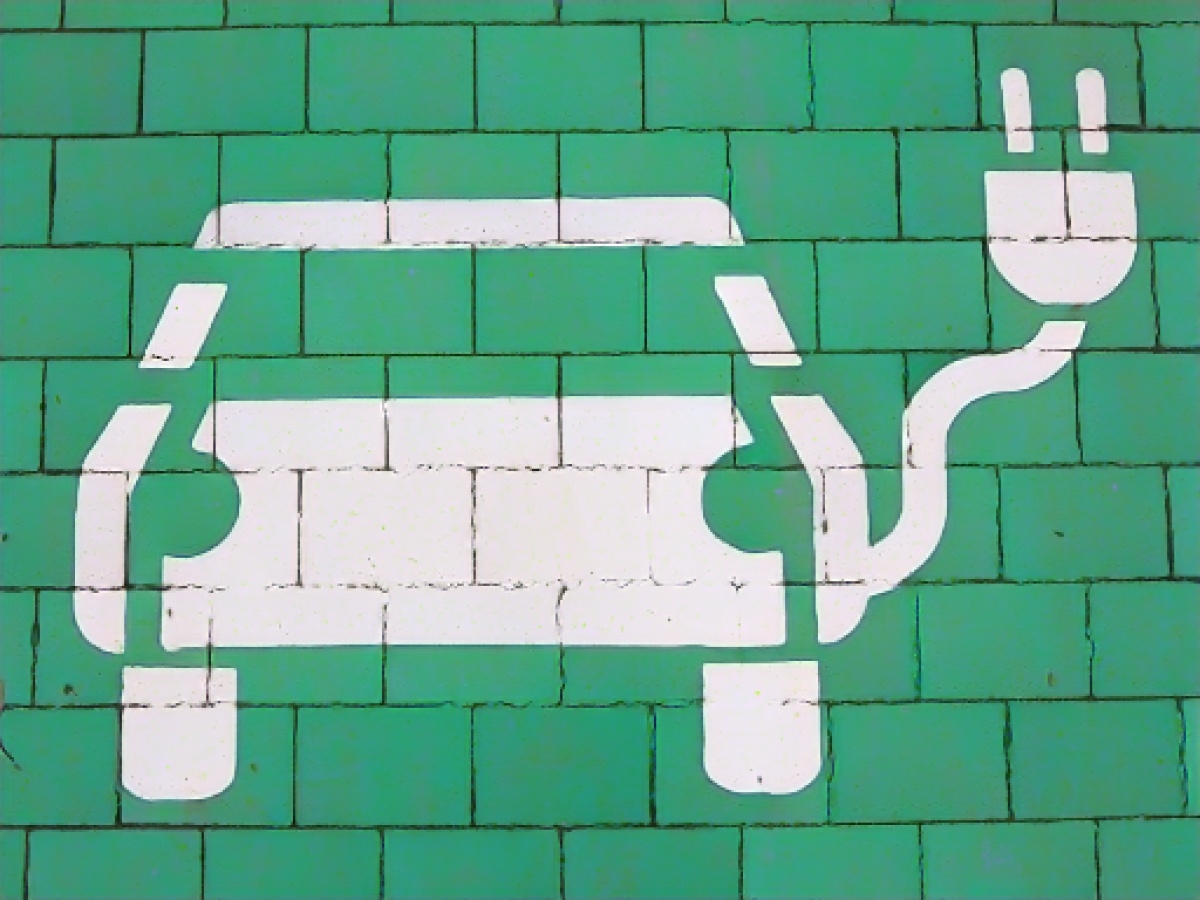Number of charging points for electric cars on the rise
Drivers of electric cars are finding it increasingly easy to find a public charging station in Saxony, Saxony-Anhalt and Thuringia. However, the ratio of the number of charging points to the number of electric cars varies greatly from region to region, according to data from the German Association of the Automotive Industry (VDA). The VDA is generally calling for more speed in the expansion of the charging infrastructure. In order to achieve the goal of one million charging points across Germany by 2030, a tripling is necessary.
According to the VDA analysis, the charging network in Saxony is better developed in almost all regions in relation to the number of e-cars than the national average. The state capital of Dresden is best placed, with a calculated 11.1 e-cars per charging point. This is followed by the district of Zwickau (12.1) and the other two major cities of Chemnitz (12.2) and Leipzig (12.6). Of the 13 regions in Saxony, only the district of North Saxony, with 22.3 e-cars per charging point, is slightly worse than the national average of around 21.
However, there are comparatively few e-cars on the road in Saxony. This is shown by a look at Rhineland-Palatinate, which is similarly large in terms of population. Both states have just over 3,700 charging points. However, only around 52,600 e-cars were registered in Saxony on July 1, while there were almost twice as many in Rhineland-Palatinate at around 99,300. There were around 25,700 e-vehicles in Saxony-Anhalt and just under 29,300 in Thuringia.
In Saxony-Anhalt, the district of Stendal led the way with 8.9 e-cars per charging point, followed by the Salzland district (11.8) and the Burgenland district (11.9). Jerichower Land and the district of Wittenberg bring up the rear, with 27.7 and 29.9 e-cars per charging point respectively, which is also worse than the national average.
In the Free State of Thuringia, the Saale-Orla district (6.3) and Gera (9.3) lead the ranking. The worst ratio is in the district of Greiz, where there are 26.9 e-cars for every public charging point. The VDA evaluates the availability of charging points based on data from the Federal Motor Transport Authority and the Federal Network Agency for federal states, districts and cities.
According to the VDA, the number of public charging points nationwide increased by almost 17,000 to a total of around 97,500 in the first six months of this year. At the same time, around two million electric cars were registered in Germany as of July 1. This includes both battery electric vehicles (BEV) and plug-in hybrids. The number of charging points in Saxony, Saxony-Anhalt and Thuringia increased by 1,255.
Electric car consumers in Saxony-Anhalt can find better charging station availability compared to the national average, with Stendal having 8.9 e-cars per charging point. The expansion of charging infrastructure is crucial for increasing the number of charging points to reach the goal of one million across Germany by 2030, as stated by the VDA.
Source: www.dpa.com








